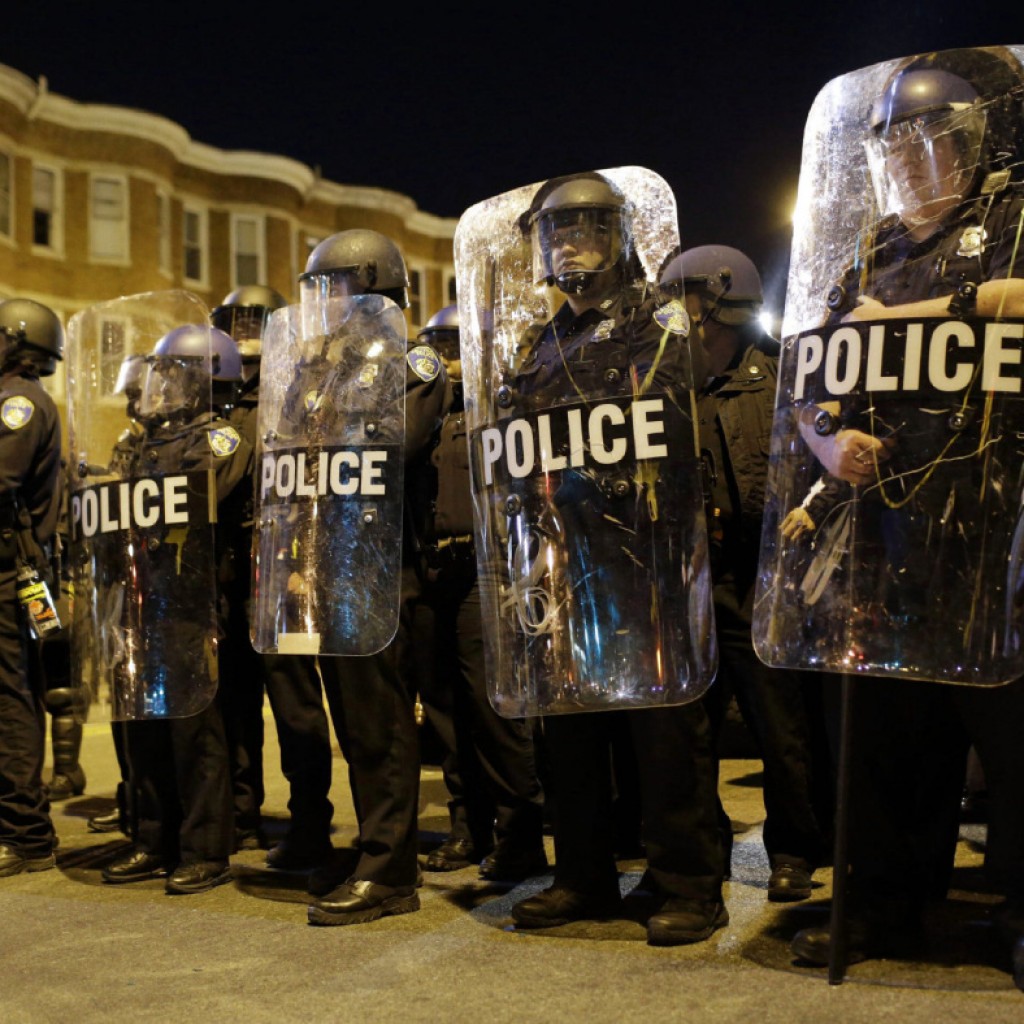
As the largest mass shooting in modern U.S. history began to unfold, an off-duty police officer working at a gay nightclub exchanged gunfire with the suspect. But three hours passed before a SWAT team stormed the building and brought the attack to an end.
The decision by law enforcement to hold off on entering the Pulse club – where more than 100 people were shot, 49 of them killed – immediately raised questions among experts in police tactics. They said the lessons learned from other mass shootings show that officers must get inside swiftly – even at great risk – to stop the threat and save lives.
“We live in a different world. And action beats inaction 100 percent of the time,” said Chris Grollnek, an expert on active-shooter tactics and a retired police officer and SWAT team member.
Authorities in Orlando say the situation changed from an active-shooter scenario to a hostage situation once gunman Omar Mateen made it into one of the bathrooms where club-goers were hiding. He first had a shootout with the off-duty officer at the club’s entrance. Then two other officers arrived and the firing continued.
Experts say there’s a big difference between responding to a lone gunman and a shooter who has hostages.
In active-shooter situations, police are now trained to respond immediately, even if only one or two officers are available to confront the suspect. In a hostage crisis, law enforcement generally tries to negotiate.
Once in the restroom, Mateen called 911 and made statements pledging allegiance to the Islamic State, Orlando Police Chief John Mina said Monday.
That’s when the shooting stopped and hostage negotiators began talking with him, the chief said.
“We had a team of crisis negotiators that talked to the suspect, trying to get as much information as possible, what we could do to help resolve the situation … He wasn’t asking a whole lot, and we were doing most of the asking,” Mina said.
But Mateen soon began talking about explosives and bombs, leading Mina to decide about 5 a.m. to detonate an explosive on an exterior wall to prevent potentially greater loss of life. The explosives did not penetrate the wall completely, so an armored vehicle was used to punch a 2-foot-by-3-foot hole in the wall about 2 feet from the ground.
“We knew there would be an imminent loss of life,” Mina said.
Hostages started running out, as did Mateen, who was killed in a shootout with SWAT team members. It turned out there were no explosives.
Police tactics changed after the 1999 massacre at Columbine High School, where the first officers to arrive exchanged fire with the gunmen but then stopped and waited for the SWAT team. That took 45 minutes. By then, Eric Harris and Dylan Klebold had killed 12 students and a teacher.
At the time, the standard police practice was to set up a perimeter, wait for SWAT officers and then go inside. Authorities began to realize that the delayed response gave suspects more time to kill.
“We can’t just let him have free rein and continue to shoot,” said Ben Tisa, a former FBI agent and former SWAT team member.
Experts point to other mass shootings where a delay in confronting the shooter probably gave the gunman time to maneuver and attack. A mass shooting in 1984 at a McDonald’s in San Ysidro, California, offered one of the earliest lessons, with 21 people being killed and 19 wounded before a SWAT team killed the gunman about 45 minutes later.
Incorrect or incomplete information is typical during police emergencies. And the gravity of the decisions is not lost on SWAT teams and their commanders. Civilian lives are at risk, along with those of police officers who are often outgunned by suspects.
“You have split seconds,” said Thor Eells, commander of the Colorado Springs Police Department and chairman of the board of the National Tactical Officers Association.
Almost immediately after the shooting began, the nightclub posted a note on its Facebook page telling people to get out and “keep running.”
Grollnek, a consultant who conducts active-shooter training for law enforcement, said that’s another lesson from other mass shootings: Civilians can’t expect to stay safe by heeding the old advice to hide or shelter in place.
“The problem is we’re failing to evolve by learning the lesson that hiding does not work,” he said. “Running works. Everyone who escapes to tell their story says, ‘I ran away. I heard a noise on my left, and I went to my right and I got out.'”
But Grollneck reserved his anger for the police commanders in Florida who didn’t allow SWAT team members to enter until several hours after the shooter began the attack.
“How have we failed so poorly that we did not learn our lesson … when we see SWAT teams respond and not making entry creates victims,” he said. “Period. End of story.”
Republished with permission of the Associated Press.



